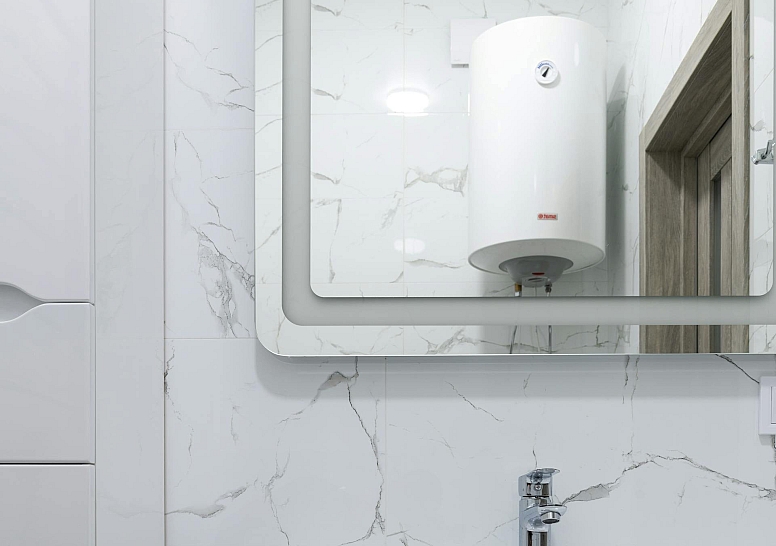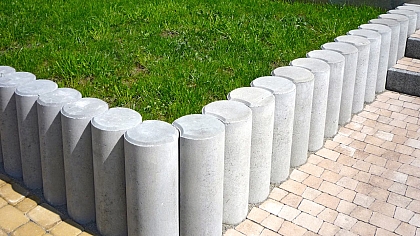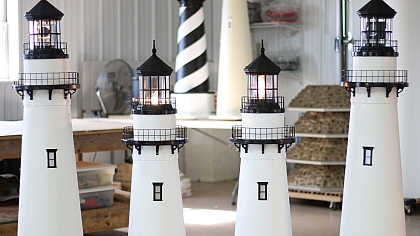
Importance Of Water Heater Maintenance Service for Your Home
People rely heavily on having hot water; however, the hot water heater is often neglected with routine household maintenance. Care and upkeep of the unit is essential to keep the equipment efficient and your home functional for showers and routine cleaning.
As a property owner, you want to take proactive measures to keep the water heating operating at peak performance and extend its longevity. The more efficient the unit, the lower your energy consumption, and you see a reduction in utility costs.
While you can regularly visually check the water heater, professional water heater service is an effective preventive measure that can ultimately save costs in frequent repairs or the potential for a breakdown.
The quality and qualified technicians are highly trained with extensive knowledge and expertise to catch developing issues before these escalate into major problems and disrupt your household functionality. Let’s review tips for adequate care and upkeep of your water heater.
Maintaining Your Hot Water Heater for Optimal Efficiency
People take a hot shower or strive to keep bacteria and germs from overtaking the property with thorough cleanings, not considering that the water heater contributes to their comfort and safety.
The unit allows a household to function daily, but it will only be as efficient as the maintenance it receives.
Routine preventive maintenance with professional contractors ensures that defects are caught early and corrected for an optimal operating system capable of a longer lifespan. Visit How to Extend the Lifespan of Your Water Heater with Proper Repair Techniques - DownBeach - for tips on extending your water heater’s lifespan.
How can you contribute to the performance of your water heater? Consider the following care and upkeep tips.
Visual inspections
As a property owner, it falls to you to perform routine visual inspections roughly every month to keep the system running smoothly and with optimal efficiency. A well-maintained water heater can keep your utility costs at a minimum. The equipment should have a detailed visual check which takes merely a few seconds to detect leaks, unusual sounds, or signs of rust or corrosion.
If you notice issues, you can reach out for a professional inspection and repairs before these escalate to extensive and high-cost problems. Serious issues such as overheating and significant leaks can be avoided with periodic monitoring of the system.
Flushing
Professional water heater repair contractors will recommend that the water heater be flushed once each year. However, if you live in an area prone to hard water or high mineral content, the flushing frequency should be every six months.
This equipment collects sediment such as chalk and limestone that occurs naturally in water. The minerals settle and harden in the tank floor if unchecked and can leave you without hot water in the most inopportune moment, such as with your morning shower when getting ready for work.
Draining and flushing the tank will take a few hours, but this simple preventive measure can help ensure the system delivers hot water reliably and without disruption.
The anode rod
The anode rod should be checked periodically for signs of erosion. This part will wear down with standard water heater use. It’s not meant to have the longevity of the system but is meant to protect the tank from minerals and sediment.
The typical contaminants in water make the equipment vulnerable to rust and corrosion. The anode rod absorbs the sediment to keep the unit functioning at peak performance and endure a longer life span.
This rod should be removed periodically to visually inspect it for deterioration. If the metal has 50+ percent corrosion, it's time to replace it. Most manufacturers concur that this component should be replaced roughly every four years, but it can be much sooner, depending on whether it’s exposed to hard water.

Thermostat setting
The water heater thermostat controls the water temperature. If your water is too cold or too warm, the thermostat could be the issue. To change the setting, the power source should be shut down whether gas or electric, and the access panel removed to find the thermostat display and adjust the temperature.
Ideally, the setting should range between 120 and 140F. You want to avoid a low setting to prevent mineral and bacteria accumulations. A low setting can lead to a buildup of minerals and bacteria, but a high temperature can lead to an increase potential for scalding and high energy costs.
For anyone leaving home for a prolonged period, it's recommended to set the system to conserve water heating and save on costs.
Leaks
Even minor water heater leaks can lead to significant property damage, such as stained walls, structural compromise, and the potential for mold growth. A leaking system will also produce less hot water but raise utility costs substantially. The most obvious sign of a leak will be pooling around the tank base.
Connections and pipes should also be checked for wet spots. Any loose connections should be tightened. This visual inspection can save on costs and extend your unit’s lifespan. Go here for details on the lifespan of a water heater.










